Central Gorakhpur

Shahid Amin




For Ranajit Guha
 have worked intermittently on this book for the last fourteen years-a long enough period to accumulate numerous debts, some of them outstanding.
have worked intermittently on this book for the last fourteen years-a long enough period to accumulate numerous debts, some of them outstanding.
I should like to thank the President and Fellows of Trinity College, Oxford, for electing me to a junior Research Fellowship (1979-82) and for supporting research in England and India. Travel grants from the British Academy and the Indian Council of Historical Research materially aided fieldwork. A short-term visiting fellowship at the Research School of Pacific Studies, Australian National University, Canberra, in the summer of 1987 gave me an opportunity to essay an outline of this work. The actual writing was done during 1990 and 1993 while I was a Fellow successively at the Stanford Humanities Center, Stanford University; the Shelby Cullom Davis Center for Historical Studies, Princeton University; and the Wissenschaftskolleg zu Berlin. I am much beholden to each of these remarkable institutions for their most generous support of this project. My special thanks to Bliss Cornachan and Charlie Junkerman at Stanford; Natalie Zemon Davis and Kari Hoover at Princeton; and Wolf Lepenies and Joachim Nettlebeck in Berlin. I am grateful to my home university in Delhi for granting me leave of absence for three years.
I wish to thank the librarian and archivists at the St Stephen's College Library, Ratan Tata Library, Nehru Memorial Museum and Library, and the National Archives of India, all in Delhi; the UP State Archives and the Secretariat Library in Lucknow; the India Office Library and Records, London (and Richard Bingle and Shabana Mahmud in particular); the Stanford and Princeton University library sytems; and Frau Bottomley and her colleagues at the Bibliothek at the Wissenschaftskolleg zu Berlin.
Heather Joshi, David Page, Dinesh Bhugra, Mr Ved Prakash, Alok Sinha, Rana and Ataullah Qureshi, Habib Ahmad, Ramchandra Dwivedi, Saad Saidullah and Professor Ramchandra Tiwari have helped me in various ways in London, Lucknow, Allahabad and Gorakhpur. My acquaintances and informants in Chauri Chaura, Chotki Dumri, Gaunar and Mundera have greatly affected the shape of this work.
Parts of this book were presented to seminars at universities and colleges at the following places: Stanford, Berkeley, Santa Cruz, Chicago, Ann Arbor, Charlottsville, Philadelphia and Oberlin in the United States; Toronto and York in Canada; and at the School of Oriental and African Studies in London. I am also grateful to the participants of the Friday Sociology Colloquium at the University of Delhi, and in particular to J.P.S. Uberoi, Veena Das, Deepak Mehta, Savyasachi, Roma Chatterji, and Rita Brara.
Several colleagues and friends helped with their comments on the manuscript as it took shape during 1990-1. I wish to thank Akhil and Purnima Gupta, Lata Mani, Julio Ramos, Margo Hendricks, Elizabeth Wood, Daniel Herwitz, Barbara and Tom Metcalf, Eugene Irschick, T.N. Pandey, Dilip Basu and Paul Kashap for their suggestions. Peter Brown, Christopher Hill, Natalie Davis, Bernard Cohn, Arcadio Diaz, David Boon, Gyan Prakash, Webb Keane, Nick Dirks, Pratap Mehta, John Kelly, Steven Fiereman, Zacharay Lockman, Richard Elphick, Leonard Blusse, David Ludden, Homi Bhabha, Arjun Appadurai, Prasenjit Duara, Gayatri Chakravorty Spivak, Upendra Baxi, Ashis Nandy, Lloyd and Susanne Rudolph, Carol Breckenridge, Una Chau- dhuri and Luisa Passerini have all very kindly commented on a part or the whole of the manuscript.
My colleagues in the Subaltern Studies team: Partha Chatterjee, David Hardiman, Gautam Bhadra, David Arnold, Gyan Pandey and Dipesh Chakrabarty have read successive drafts and offered much constructive advice. I also wish to thank Ravi Dayal for his valuable editorial comments. My editor at Oxford University Press has been, once again, remarkably helpful. I have also benefited from the comments and suggestions of Lynne Withey, Tom Laquer, and the two anonymous referees of the University of California Press.
And finally a big thank you to Bano and young Adil:


I
Illustrations (between pp. 130 and 131)
Rubber Stamp Impression of Mahatma Gandhi on the Register of Volunteers, Gorakhpur Congress Committee. A similar `image' (murti), with customized name and address, was marketed in 1921 for a rather high Rs 3.50.
Source: Exhibit 78, Chauri Chaura Records, Gorakhpur.
2 A `Swadeshi commodity' of the time of the Khilafat-Non-Co-operation Movement. The names of Shaukat Ali and Mohammad Ali are engraved alongside Mahatma Gandhi's.
Source: In author's possession.
3 Receipt for a one-rupee contribution to the Tilak Swaraj Fund, 1921.
Source: Exhibit 453, Chauri Chaura Records.
4 A more elaborate receipt for contribution to the Khilafat Fund, 1920.
Source: Exhibit 453, Chauri Chaura Records.
5 Cartoon in Amrita Bazar Patrika, Calcutta, 15 August 1947.
Source: Album no. 129, photograph no. 4658, NMML, New Delhi.
6 Prefatory Note to the pictorial catalogue of the violence compiled by the Provincial Government.
Source: CID File on Chauri Chaura, Lucknow.
7 The aftermath of the violence, from the official album on Chauri Chaura.
Source: CID File on Chauri Chaura, Lucknow.
8 Lal Mohammed 'Sain' and Qazi outside the Court Room on 22 September 1922.
Source: Exhibit 504A, Chauri Chaura Records.
9 Sita Ahir, Chotki Dumri, February 1989.
10 Naujadi Pasin, Chotki Dumri, February 1989.
11 A group photograph of the accused on trial.
Source: Exhibit 504C, Chauri Chaura Records.

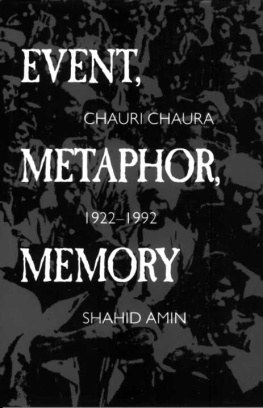


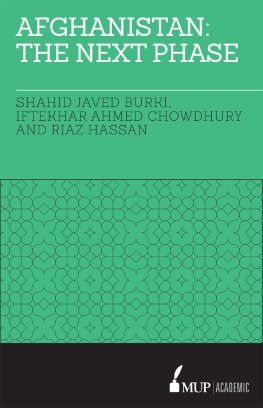
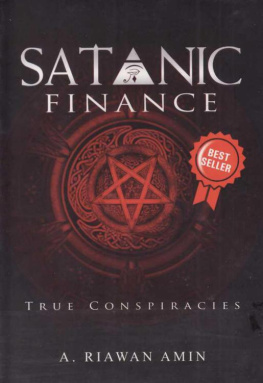
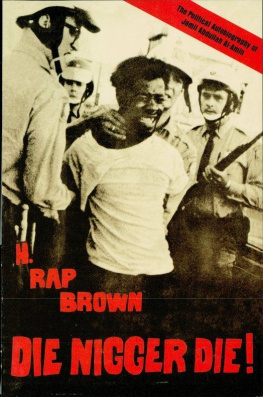


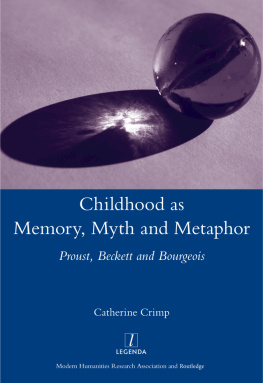
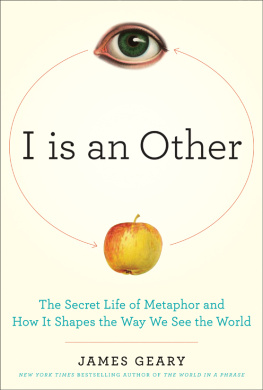
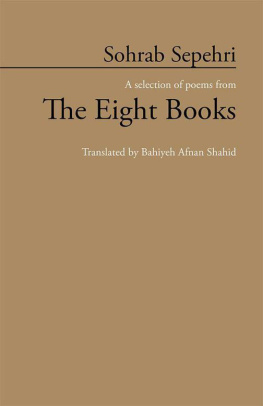













 have worked intermittently on this book for the last fourteen years-a long enough period to accumulate numerous debts, some of them outstanding.
have worked intermittently on this book for the last fourteen years-a long enough period to accumulate numerous debts, some of them outstanding.




